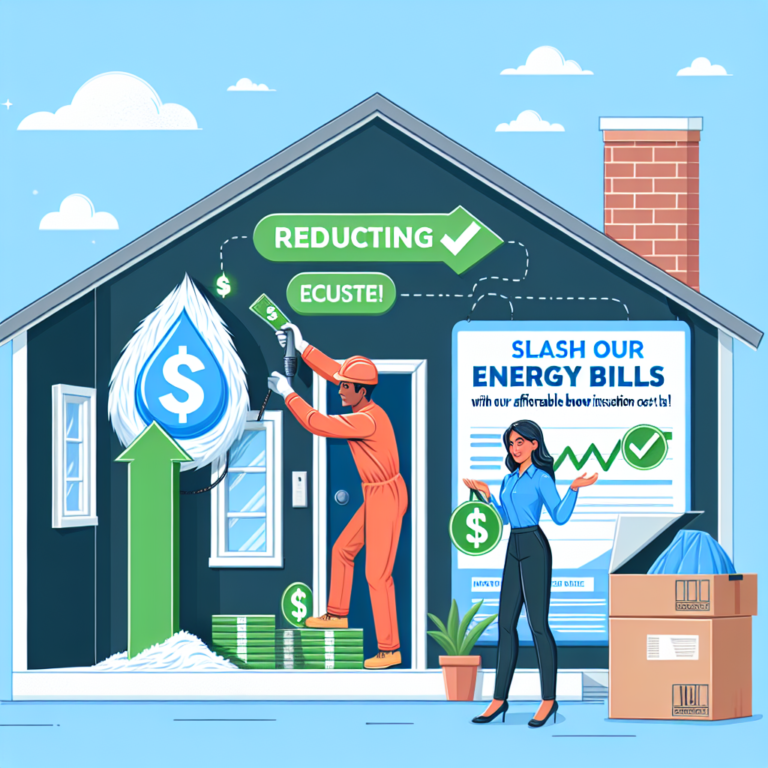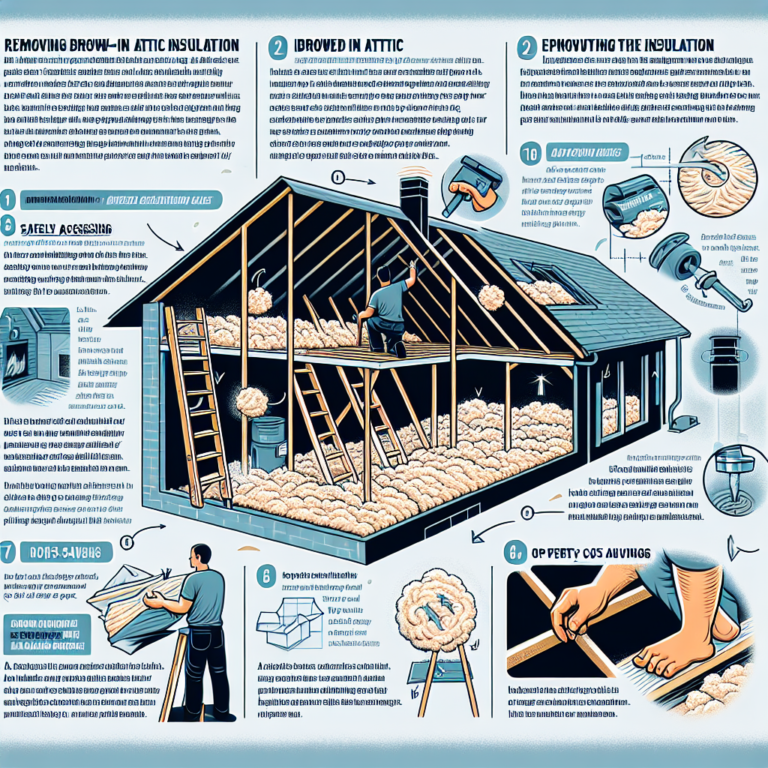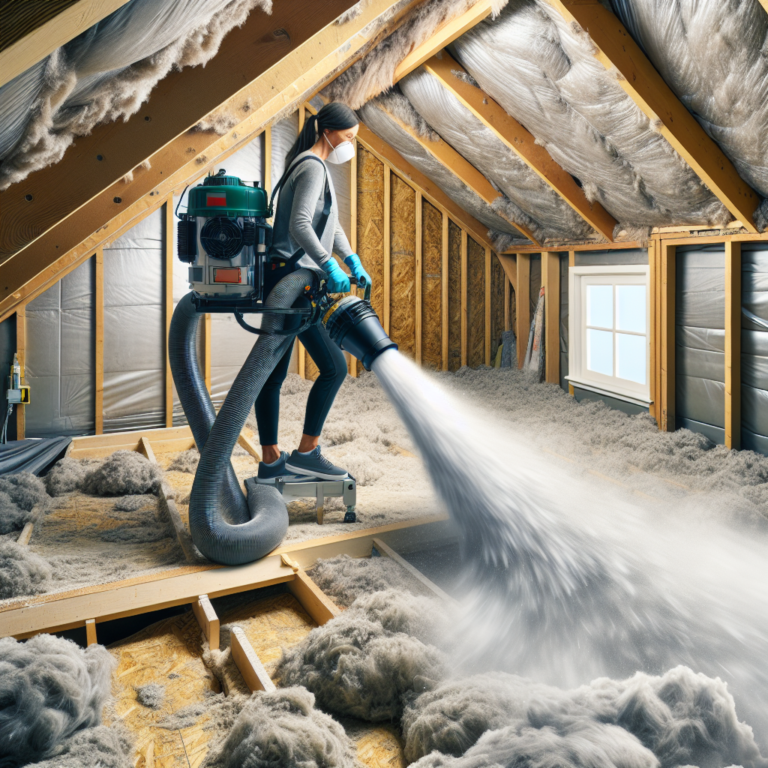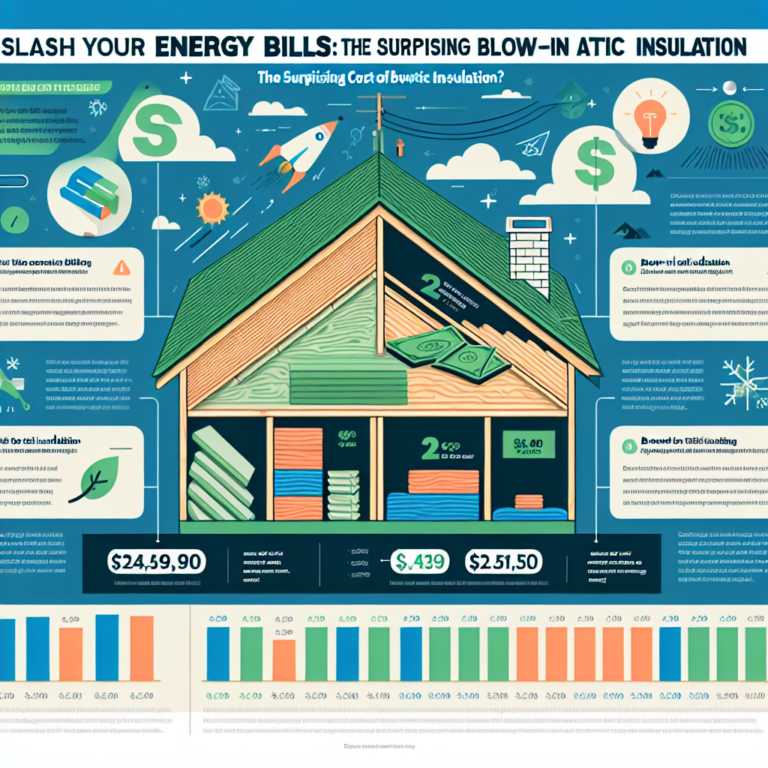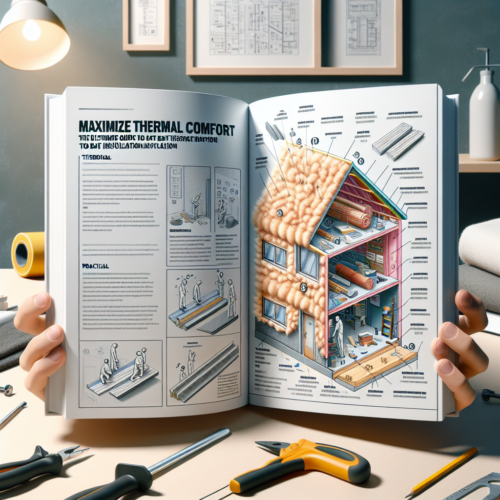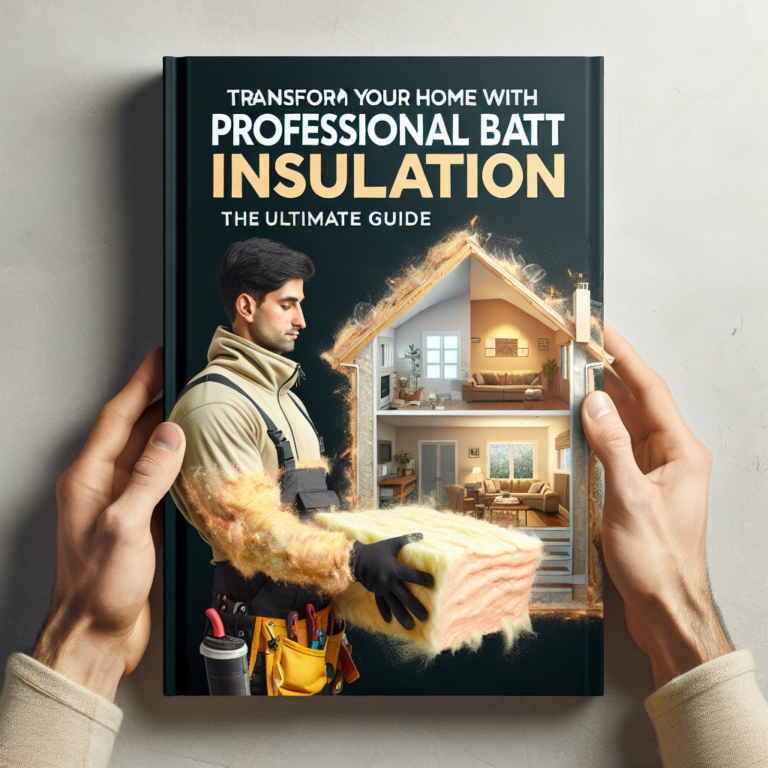Slash Your Energy Bills: DIY Attic Insulation Cost Guide
Introduction
Upgrading your attic insulation is one of the most cost-effective ways to cut heating and cooling bills, boost comfort and reduce your home’s carbon footprint. DIY blow-in insulation lets you take control of the project, save on labor fees and see immediate results in energy savings. In this guide, we’ll explore the benefits of DIY blow-in insulation, walk through each installation step and break down the real DIY attic insulation cost so you can budget smartly and complete the job with confidence.
The Benefits of DIY Blow-In Insulation for Your Attic
H2: Why Choose DIY Blow-In Insulation?
• Cost Savings – Renting a blower machine and buying loose-fill insulation typically costs less than hiring professionals, often cutting installation expenses in half.
• Fast Installation – With two people and a few hours on a weekend, you can insulate an average attic.
• Complete Coverage – Loose-fill fiberglass or cellulose blows into every nook, sealing gaps and bypass areas that batts can’t reach.
• Eco-Friendly Options – Cellulose insulation is made from recycled paper treated with fire-retardant borates, while fiberglass contains up to 60% recycled glass.
• Improved Comfort and Air Quality – A well-insulated attic stabilizes indoor temperatures and reduces noise transmission. Treated fibers also resist mold, pests and allergens.
A Step-by-Step Guide to Blowing Insulation in Your Attic
H2: Preparing for a Successful Installation
1. Gather Materials & Tools
– Blower machine (rental)
– Loose-fill insulation (fiberglass or cellulose)
– Protective gear: gloves, goggles, dust mask
– Utility knife, measuring tape, caulk or foam sealant
– Ladder and helper
2. Seal Air Leaks
– Inspect around plumbing vents, wiring penetrations and attic hatches.
– Apply caulk or foam to close gaps; install weatherstripping on hatch doors.
3. Clear & Level the Attic Floor
– Remove debris and obstacles to ensure even distribution.
– Lay down temporary walk boards if necessary to protect existing insulation.
H3: Operating the Blower Machine
4. Load the Blower
– Follow manufacturer instructions to fill the hopper with insulation.
– Securely attach the hose and test airflow.
5. Apply Insulation Evenly
– Start at the far corner, working backward toward the attic entrance.
– Hold the hose tip 6–12 inches above the surface and use a sweeping motion.
– Maintain a consistent depth (typically 12–14 inches, depending on climate).
6. Finishing Touches
– Fill tight spots with a hand-held nozzle or by hand (with gloves).
– Check depth using a ruler or marked boards placed in advance.
– Smooth out any mounds and ensure vents remain clear.
7. Clean Up
– Sweep or vacuum loose fibers from walkways and rafters.
– Return the blower machine and dispose of excess insulation per local regulations.
Calculating Your DIY Attic Insulation Cost
H2: Estimating DIY Attic Insulation Cost
1. Measure Your Attic
– Multiply length × width to get square footage. Subtract uninsulated areas like duct chases.
2. Determine Insulation Requirements
– One 25-lb bag of cellulose covers about 40–50 sq ft at 12″ depth. Fiberglass covers roughly 60–75 sq ft at the same depth.
3. Material Costs
– Cellulose: $0.30–$0.70 per sq ft
– Fiberglass: $0.20–$0.50 per sq ft
4. Equipment Rental & Tools
– Blower machine: $50–$100 per day
– Miscellaneous tools: $30–$60 one-time purchase
5. Total Investment vs. Energy Savings
– A 1,000 sq ft attic may cost $300–$700 in materials and $100 in rental fees.
– Typical energy savings range from 10% to 20%, often paying back the investment within 2–3 years.
Q&A
1) What is DIY blow-in insulation for attics?
DIY blow-in insulation involves renting a machine to spray loose-fill fiberglass or cellulose into attic cavities, creating a seamless thermal barrier.
2) How thick should blown-in insulation be?
Most climates require 12–14 inches for attics (about R-38 to R-49). Colder regions may need up to 16–18 inches.
3) Can I install blown-in insulation over existing batts?
Yes. Adding loose-fill over batts prevents gaps and improves overall R-value, as long as existing insulation is dry and properly secured.
4) Is professional help ever needed?
If your attic has extensive wiring, moisture issues or structural concerns, consult a professional for safety and optimal performance.
Conclusion
Investing time and effort into DIY attic insulation not only slashes energy bills but also extends the life of your HVAC system, enhances indoor comfort and lowers your home’s environmental impact. By understanding the DIY attic insulation cost, following our step-by-step guide and choosing the right materials, you can tackle this project over a weekend and start enjoying lower bills immediately. Take the first step today—rent your blower, seal those leaks and transform your attic into a high-performance, energy-saving powerhouse.


